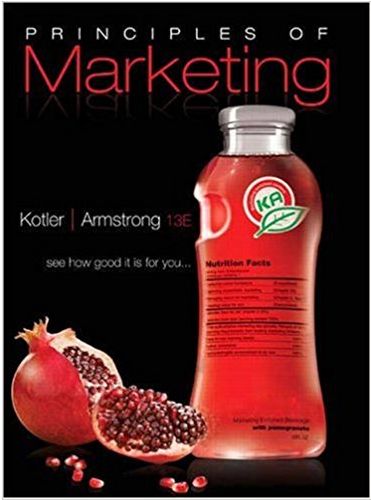Answered step by step
Verified Expert Solution
Question
1 Approved Answer
Apple Pay Will Apple pay be a huge success with consumers? Why or why not Why did banks agree to partner with apply for apple
Apple Pay
- Will Apple pay be a huge success with consumers? Why or why not
- Why did banks agree to partner with apply for apple pay in the US?
- Are retailers excited about Apply pay? Why or why not?
- What is Apple Pay's motivation in Launching Apple pay?
- Should Apple make any changes to its Apple pay roll out plan?
1
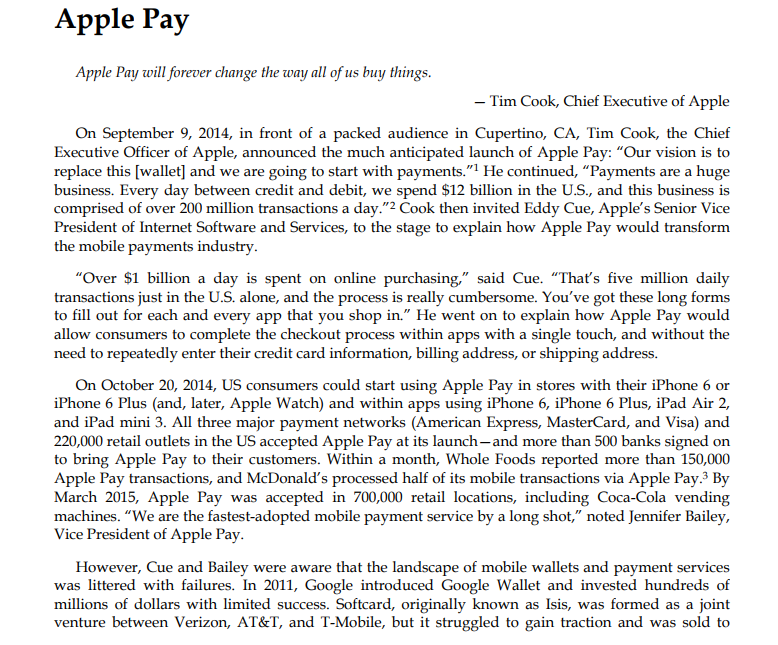
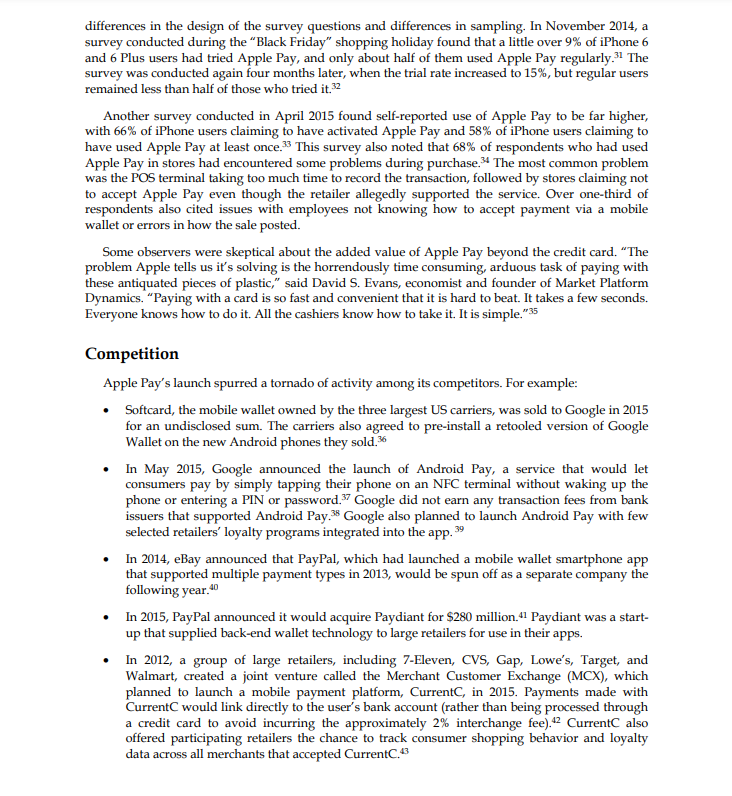
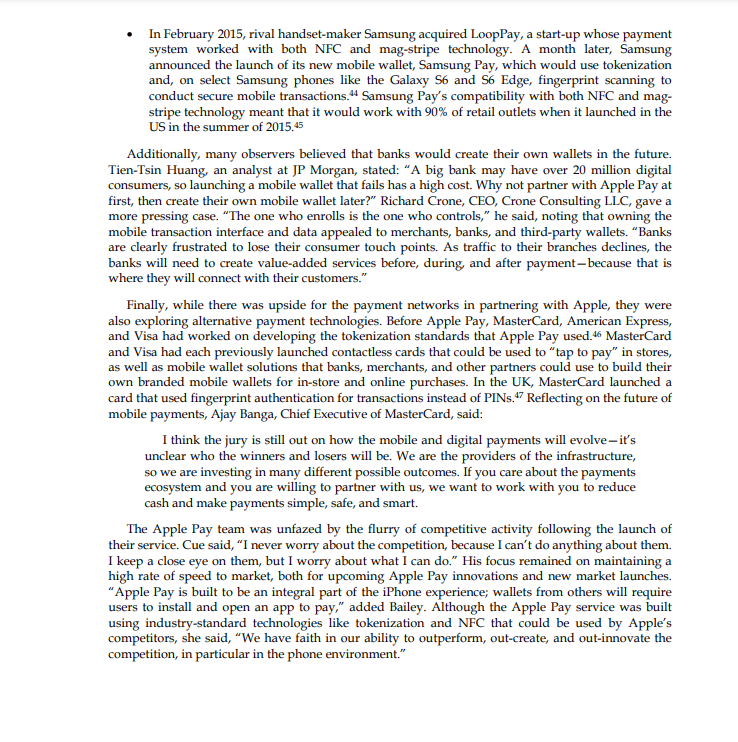
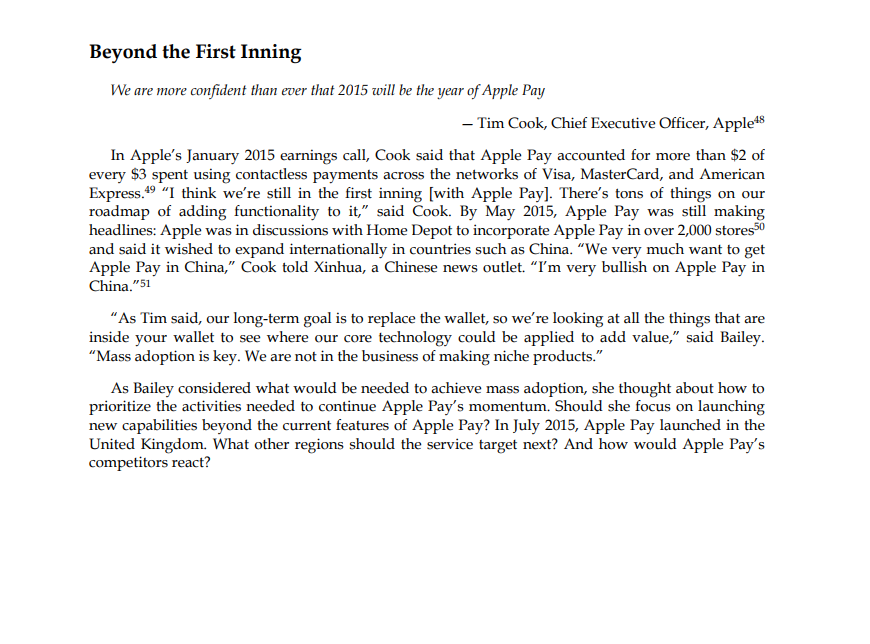
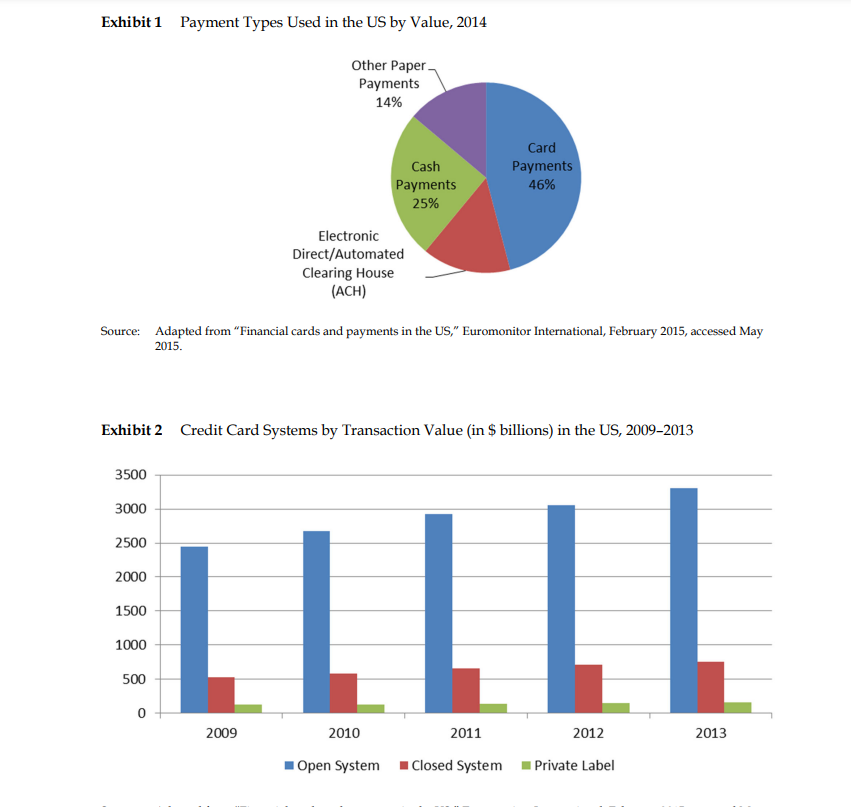
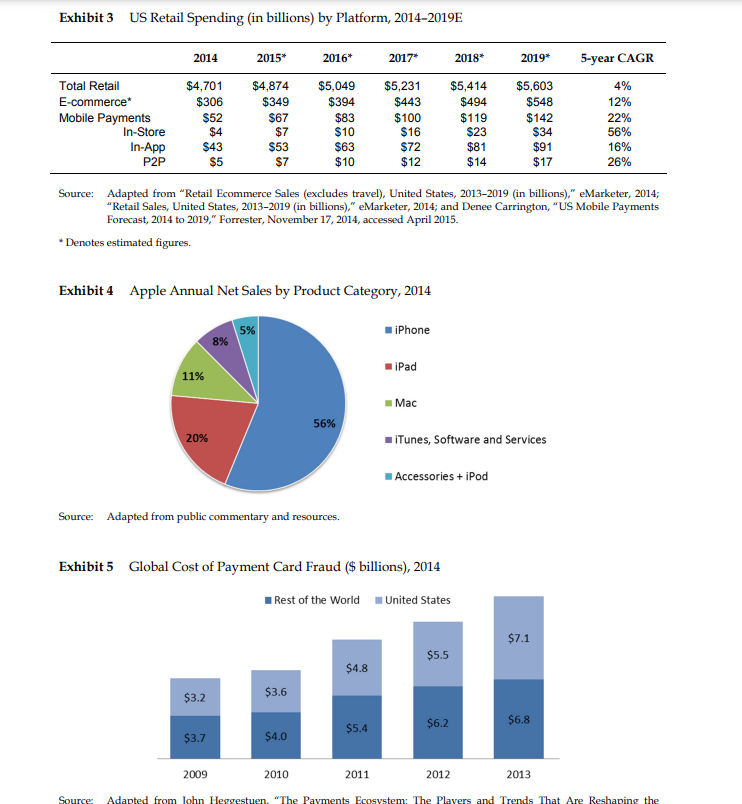
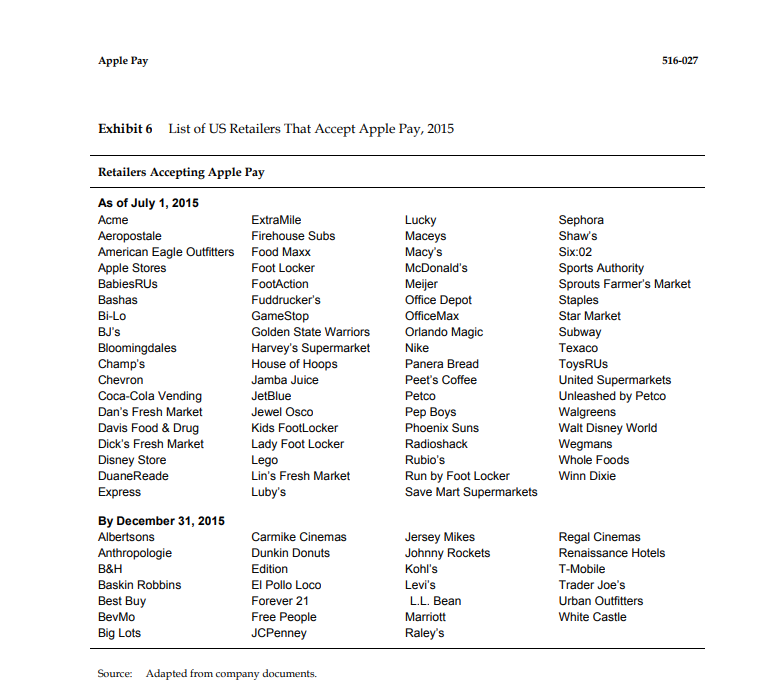
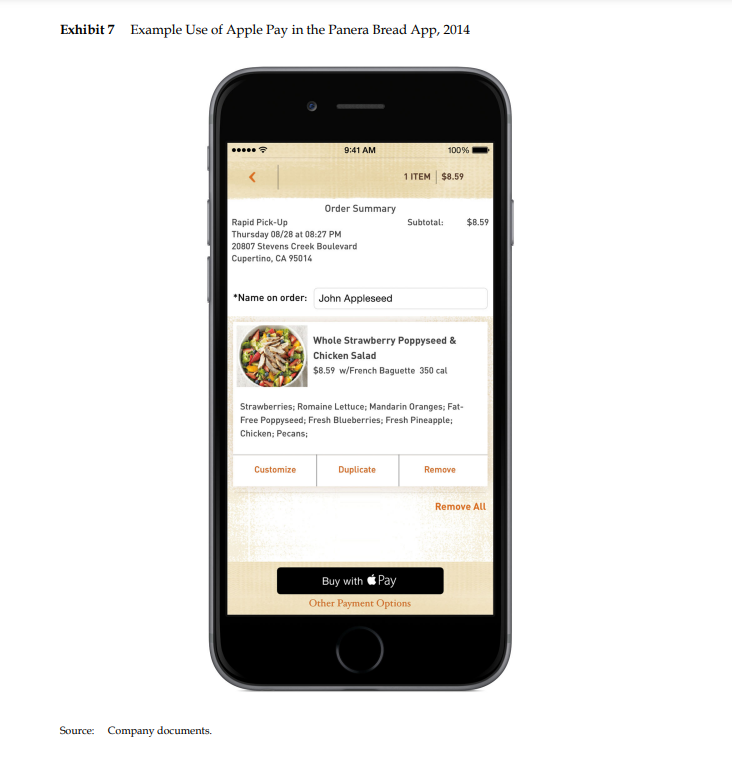
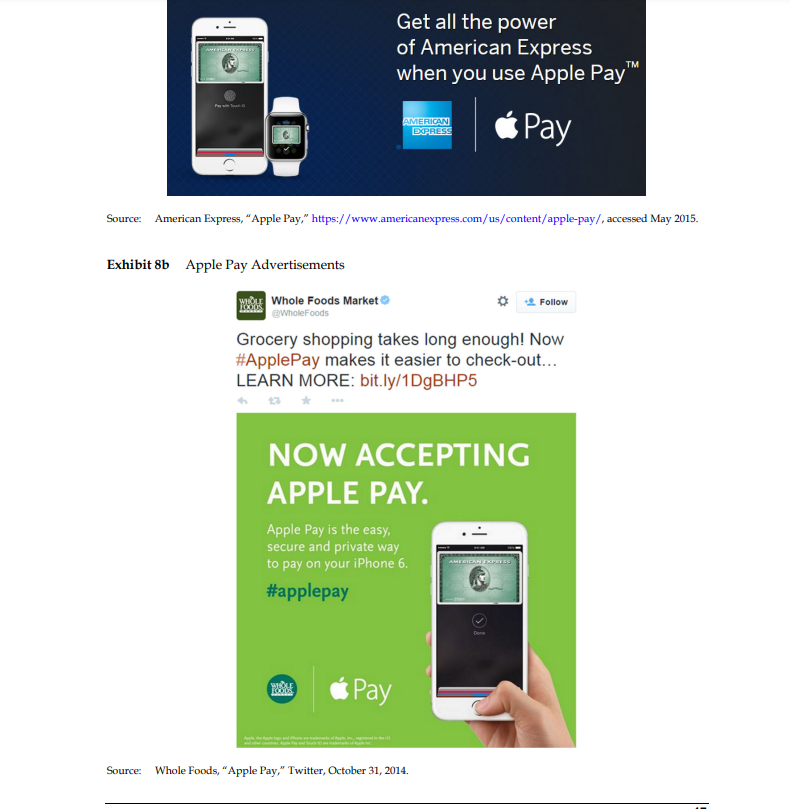
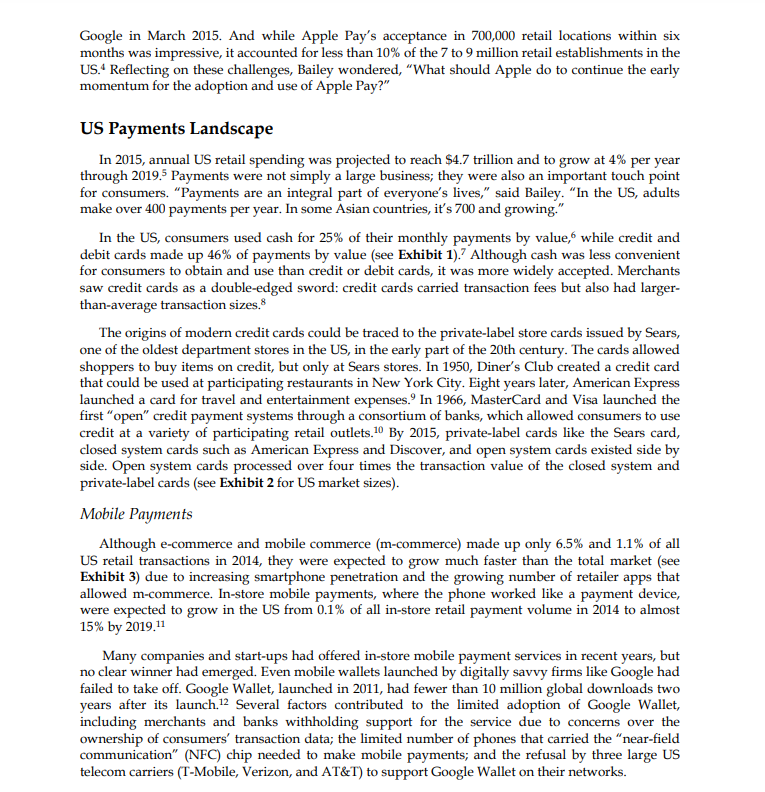
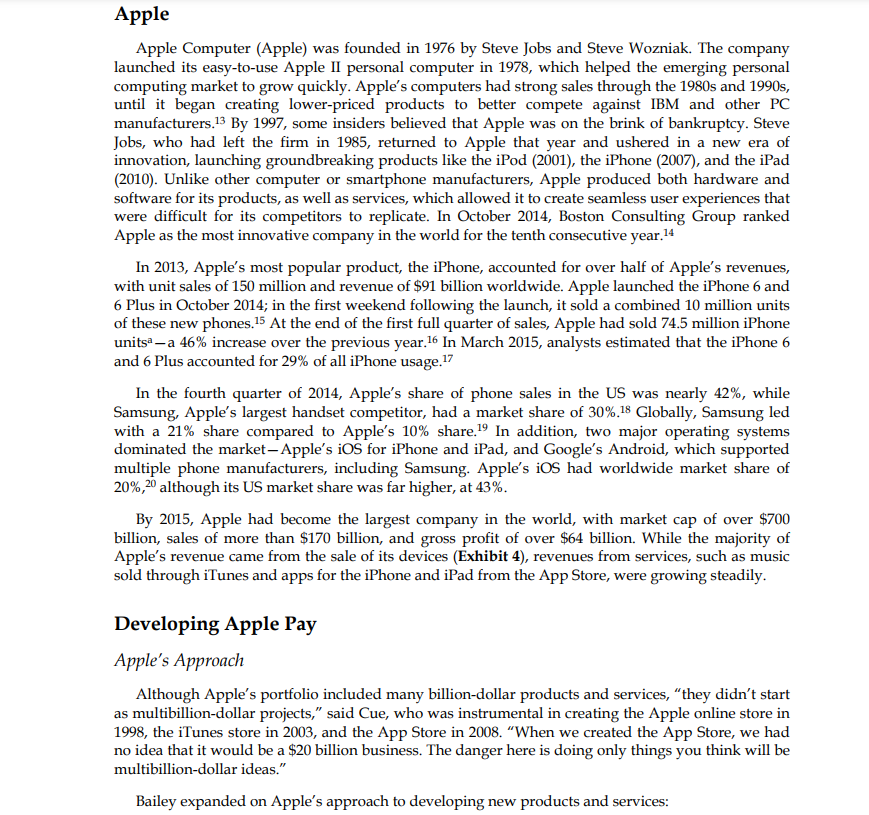
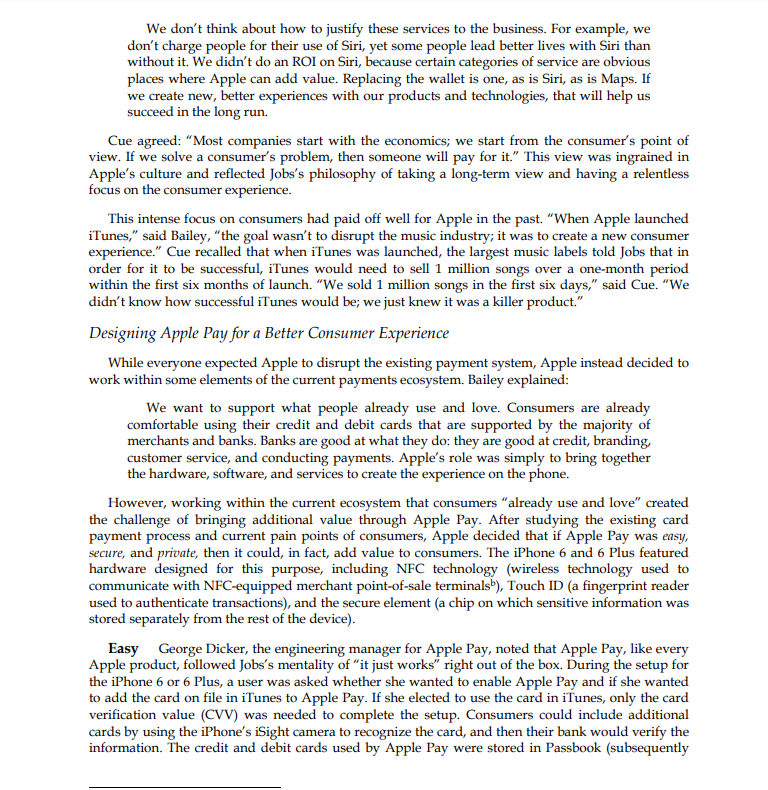
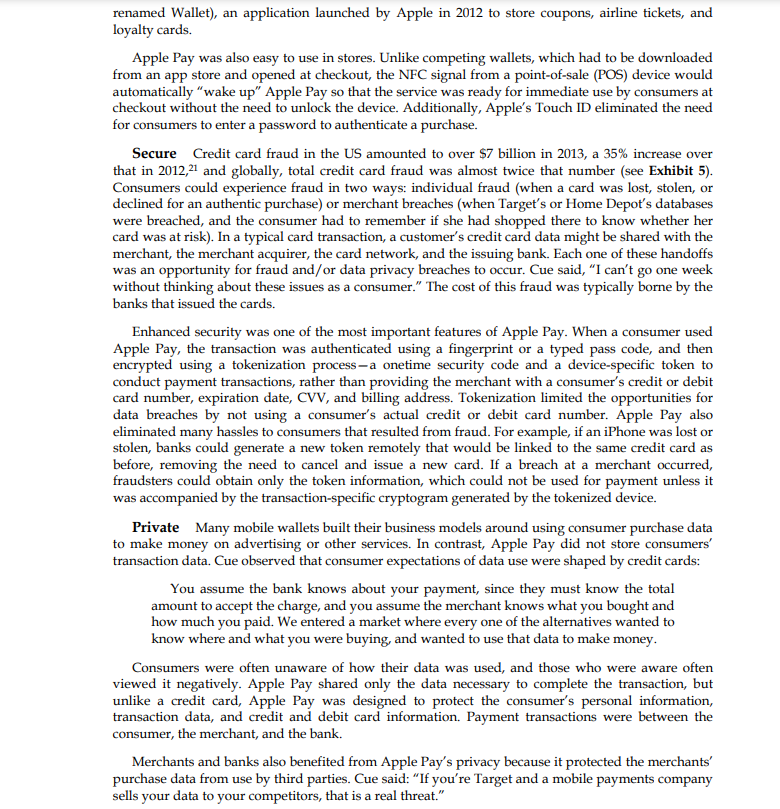
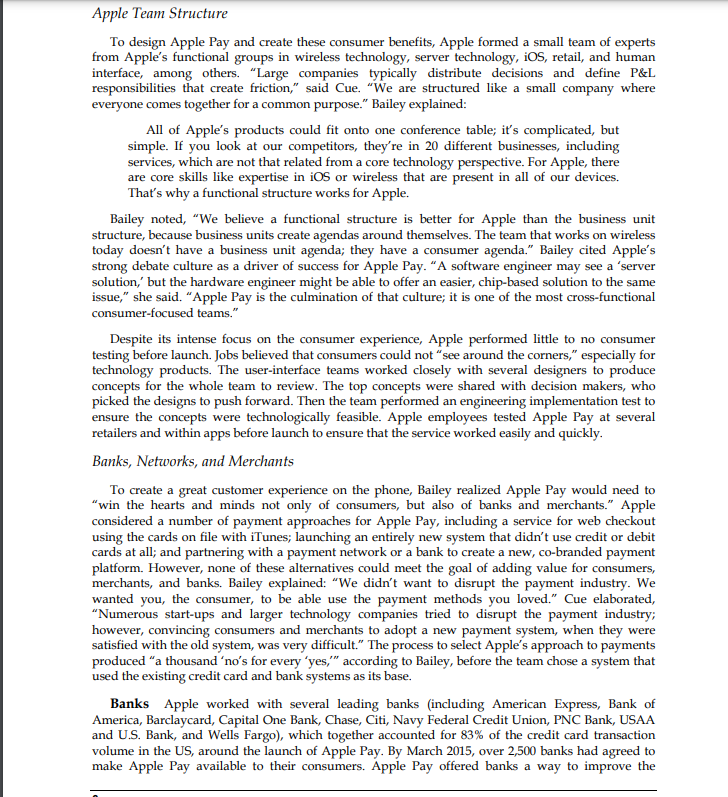
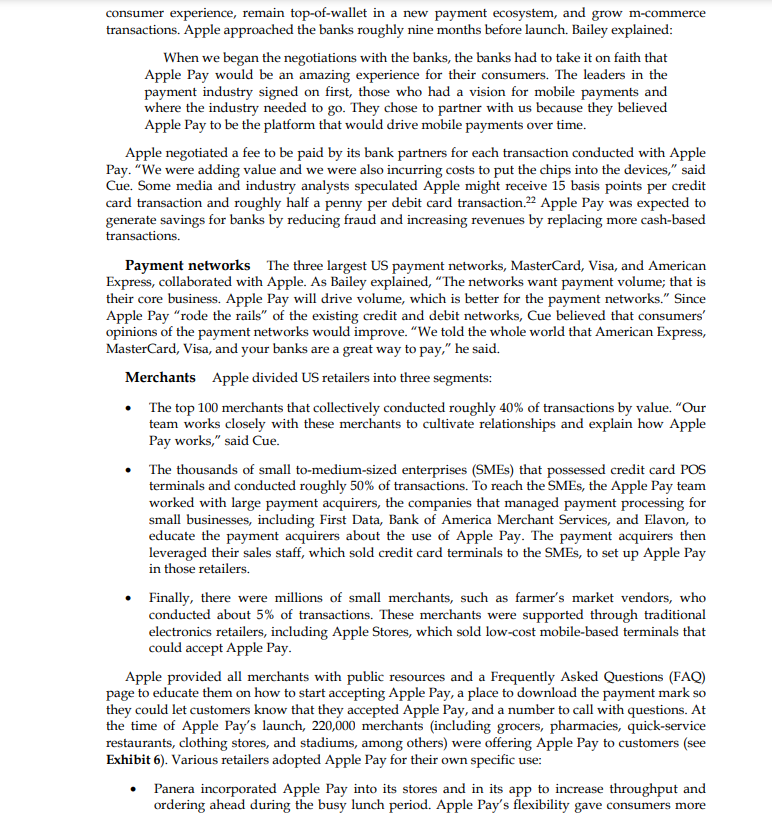
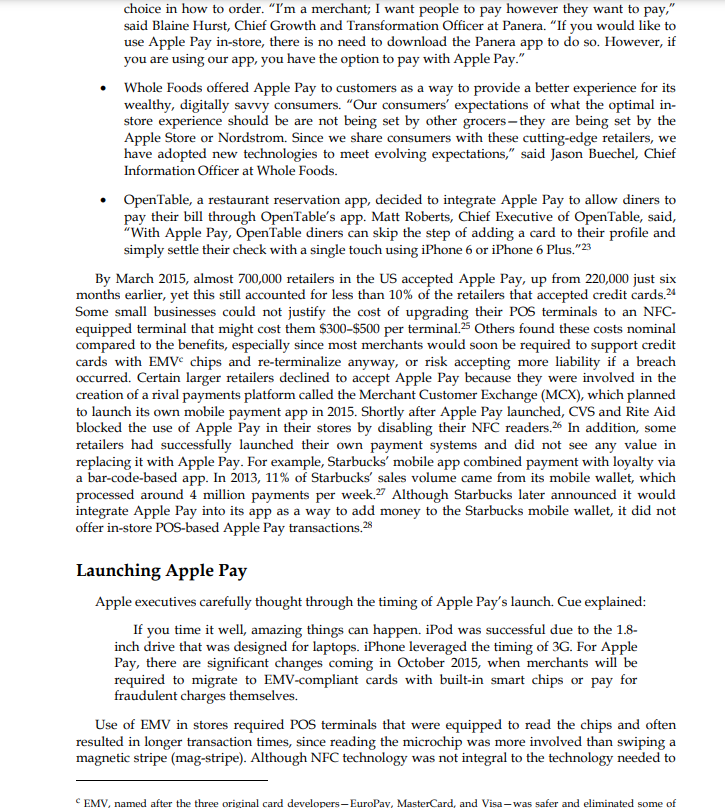
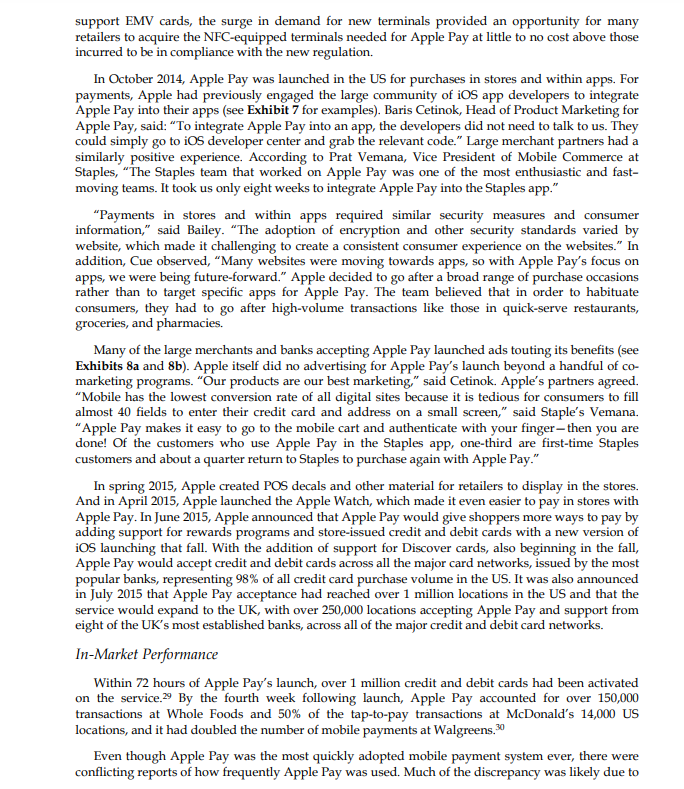
Step by Step Solution
There are 3 Steps involved in it
Step: 1

Get Instant Access to Expert-Tailored Solutions
See step-by-step solutions with expert insights and AI powered tools for academic success
Step: 2

Step: 3

Ace Your Homework with AI
Get the answers you need in no time with our AI-driven, step-by-step assistance
Get Started


